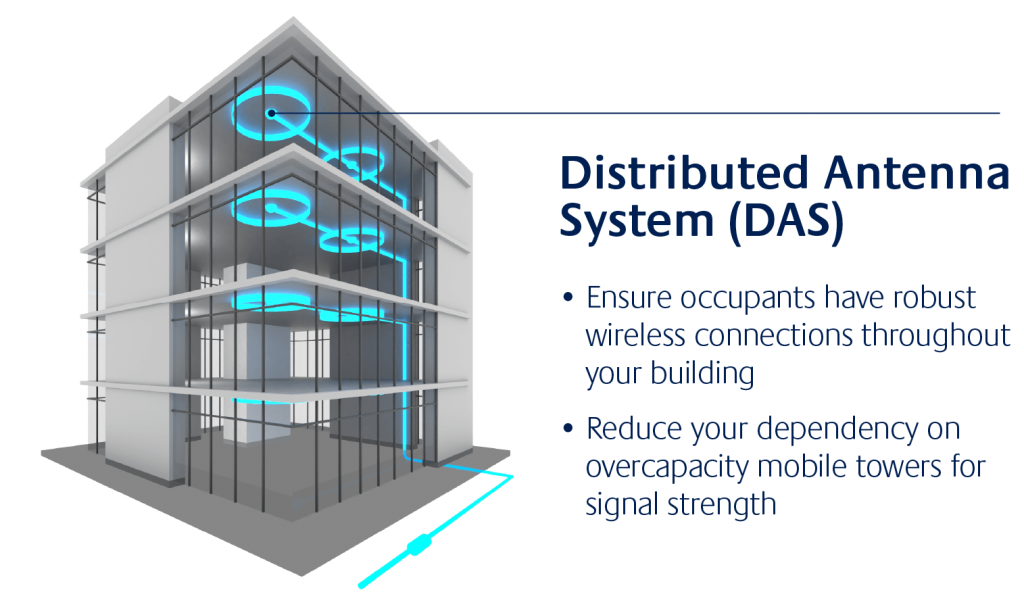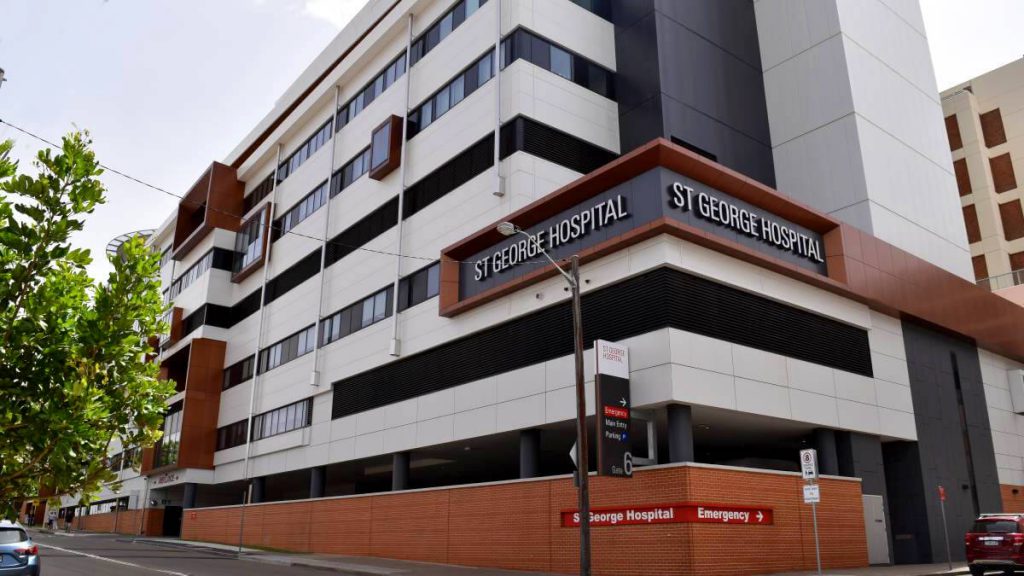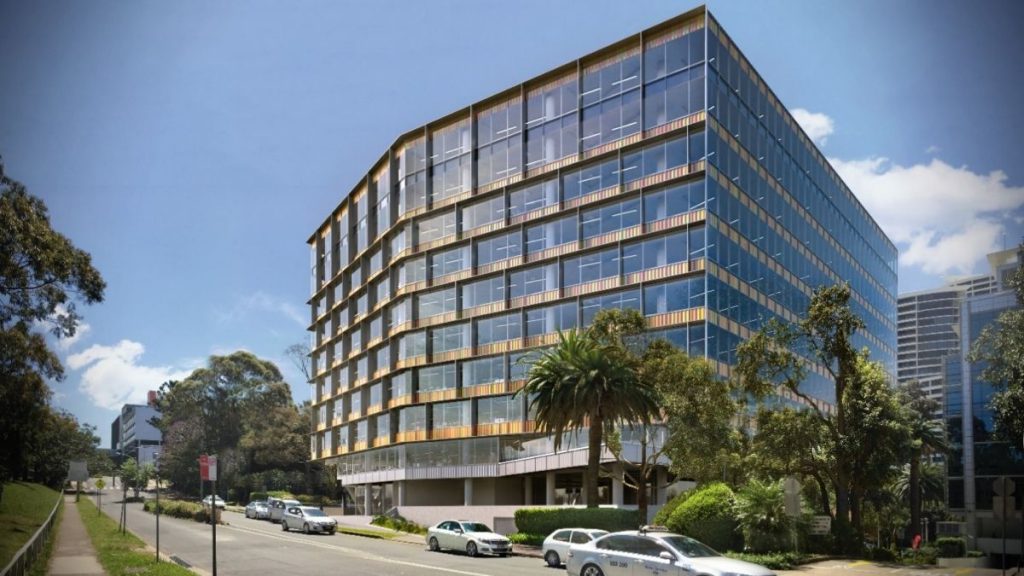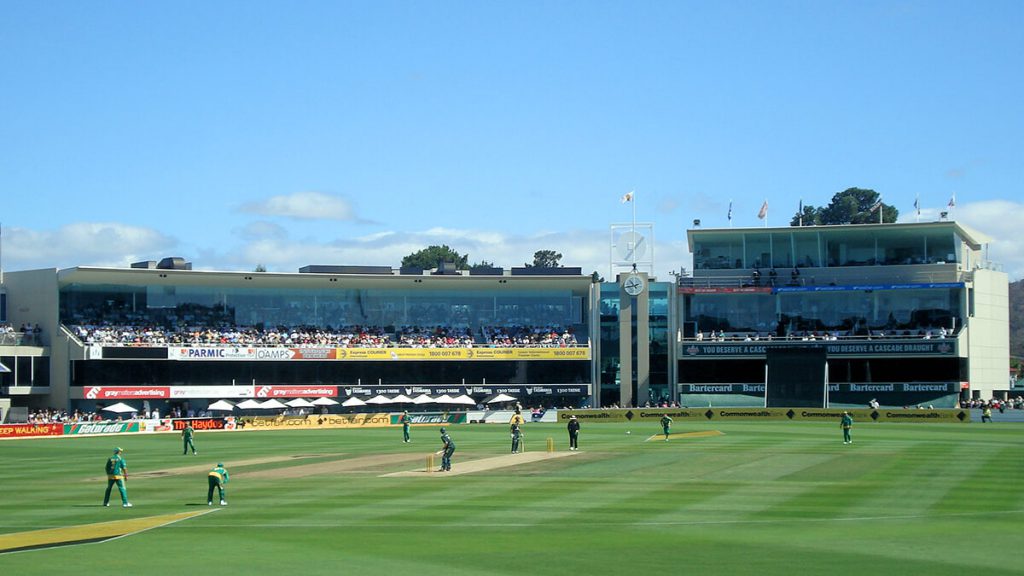Step 1
The first requirement is to perform a site survey to gather preliminary information about the location and specific coverage needs.
The site survey includes floor plan details and identifies the initial requirements of coverage.
The DAS design team will gather information regarding the building’s construction materials (windows, concrete, metal, etc.) which may affect a signal’s ability to penetrate the site.
This initial budget is then presented to the client.
*Important note: This is not a detailed DAS design.
If the budget is accepted by the client, we then proceed to step 2.
Step 2
Once agreed on the scope of works, the client places a purchase order for the detailed DAS design.
We then proceed to step 3.
Step 3
The DAS design team provides detailed RF designs for all areas. This determines the locations for each component of the system and cable routes.
Performing a detailed site survey will ensure that each component of the system is chosen and placed for successful communication in all of the required areas.
The detailed DAS design can be up to 200 pages of RF designs and normally takes two weeks to complete.
This RF DAS design is then presented to the client.
We then proceed to step 4
Step 4
The DAS contractor at this stage speaks to the client’s carrier provider to confirm the DAS design.
We then proceed to step 5.
Step 5
At step 5, the client will have the DAS design the DAS budget and the DAS RF design – at this point this information is provided to the carrier of choice, for sign off.
Once DAS design sign off has occurred, we then proceed to step 6.
Step 6
The client formally engages the DAS contractor to install the approved DAS solution.
Once DAS solution has been installed, we then proceed to step 7.
Step 7
The client discusses the carrier connection requirements and connects to their carrier of choice.
The DAS project is then complete!









 Download the Distributed Antenna Systems capability statement
Download the Distributed Antenna Systems capability statement